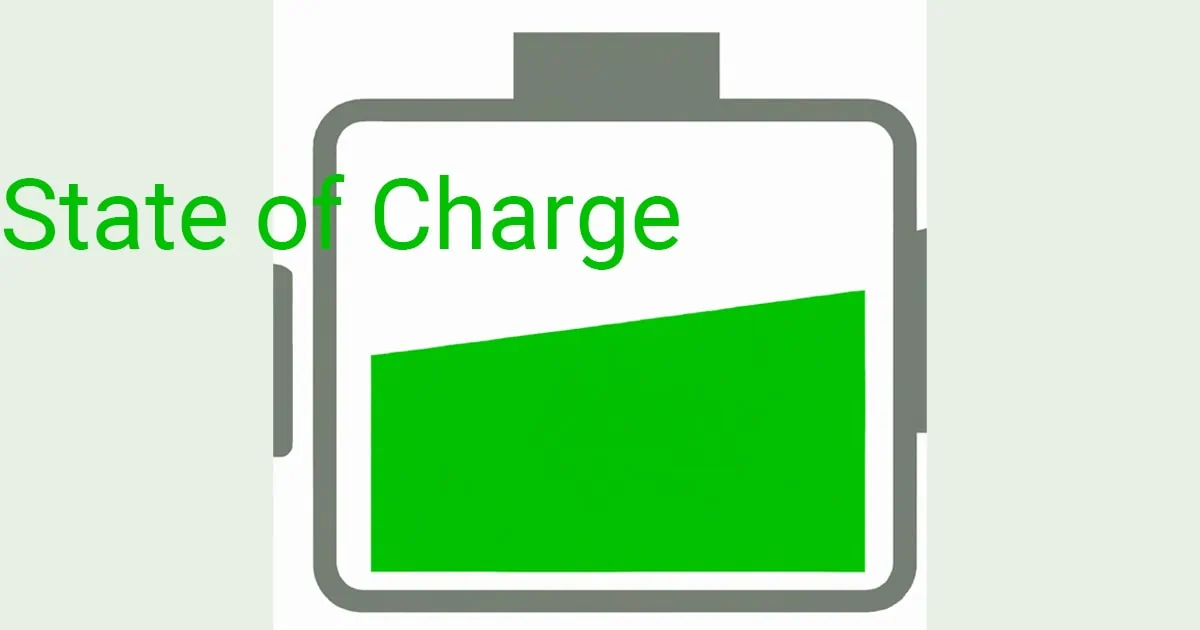
Battery Terms
Battery State of Charge
What is the state of charge (SOC) and why does it matter? The state of charge (SOC) refers to the amount of energy that is

What is the state of charge (SOC) and why does it matter? The state of charge (SOC) refers to the amount of energy that is
Partner with us
Become a dealer or distributor. National or Global inquiries welcome
find us on
© 2025 – Microtex Energy Private Limited. All Rights Reserved.
Please comply responsibly with all local & national laws regarding disposal of used batteries. Do contact us for more information.
Please share your email or mobile to reach you.
We promise to give you the price in a few minutes
(during IST working hours).
You can also speak with our Head of Sales, Vidhyadharan on +91 990 2030 976